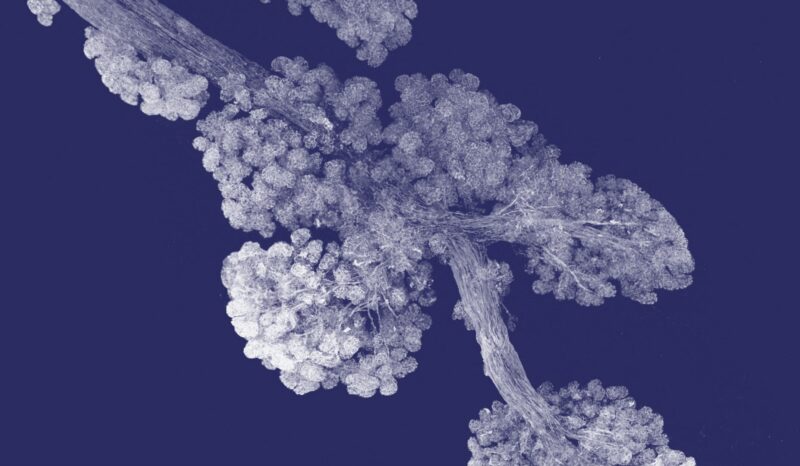WEHI Wednesday Seminar hosted by Melissa & Matt Call
Xinyu Wu
PhD Student – Call Laboratory, Structural Biology division – New Medicines & Advanced Technologies Theme, WEHI (this is a PhD Completion seminar)
Mutational profiling of SARS-CoV-2 Papain-Like protease reveals requirements for function, structure, and drug escape


